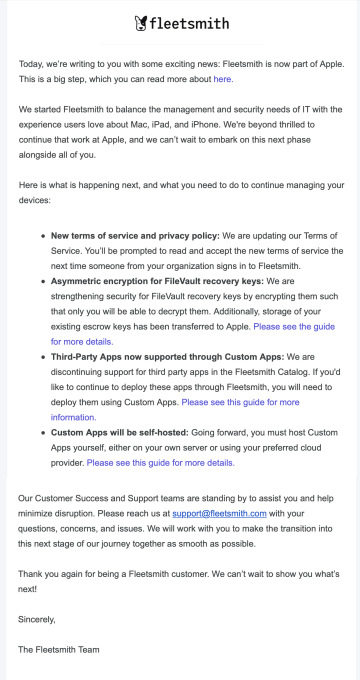Reddit co-founder Alexis Ohanian is leaving Initialized Capital, the investment firm he co-founded in 2011 with Garry Tan, as first reported by Axios and confirmed by TechCrunch. The move comes weeks after Ohanian publicly stepped down from the Reddit board of directors, with Y Combinator president Michael Seibel taking his spot.
Ohanian launched Initialized Capital back in 2011 with a $7 million investment vehicle. Since then, the San Francisco-based firm has grown immensely and made early-stage bets in companies like Flexport, Instacart, Cruise, Coinbase and Codecademy. Most recently, it closed a $225 million investment vehicle in 2018, its fourth fund to date.
Ohanian is leaving Initialized Capital to work on “a new project that will support a generation of founders in tech and beyond,” the firm said in a statement to TechCrunch. According to the Axios story, Ohanian is leaving Initialized to work more closely on pre-seed efforts. On its website, Initialized details that many teams it talks to already have launched products and have a plan to earn revenue.
“We understand that products and business models evolve, but it’s good to see in a very concrete way how teams are able to ship products and work together,” the firm wrote. If Ohanian raises a pre-seed fund, it will be interesting to see how he changes this methodology.
Ohanian did not directly respond to a request for comment.
It’s worth mentioning that partner departures in venture capital are rarely crystal clear break-ups. As Initialized confirmed, Ohanian will remain involved in the firm’s existing investment vehicles and portfolio companies due to legal ties. It is unclear if Ohanian will remain on any board he is on. Ro, a company in which Ohanian has a board seat, did not immediately respond to a request for comment.
One big question is whether Ohanian’s departure would trigger a key-man clause in the firm’s limited partnership agreement. “Key-man” clauses, which are typical in limited partner agreements, require that certain designated people (typically the main partners in a firm) must stay continuously employed at a firm and be active investors. When a key-man clause is triggered, limited partners often have a variety of tools, ranging from control over new hiring to outright ending the investing at a fund, in order to protect their investment in a fund.
In this case, it would be surprising if Alexis Ohanian wasn’t a key man, as he is one of the leading general partners and a founder of the firm.
Ohanian stepped away from being involved in the day to day of Reddit in 2018, and recently left his board seat at the company following protests against police brutality. The co-founder urged Reddit to fill the seat with a Black board member. Reddit ultimately selected Y Combinator CEO Michael Seibel to fill the position.
Tan, the other founding partner of Initialized, helped YC grow in its early days and helped build the famed accelerator’s internal software system and late-stage funding program. “[Tan] will continue to lead Initialized Capital into the future, finding and funding great entrepreneurs as he has done for nearly a decade,” the firm wrote in a statement to TechCrunch. “Garry and Alexis remain committed to each other as long-standing friends and business partners. The firm fully supports Alexis in his future pursuits.”
Initialized Capital currently has $500 million assets under management and has backed over 200 companies to date.
Additional reporting by Danny Crichton.
Source: Tech Crunch




